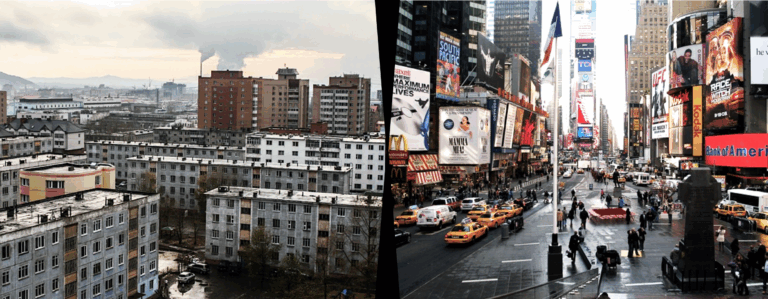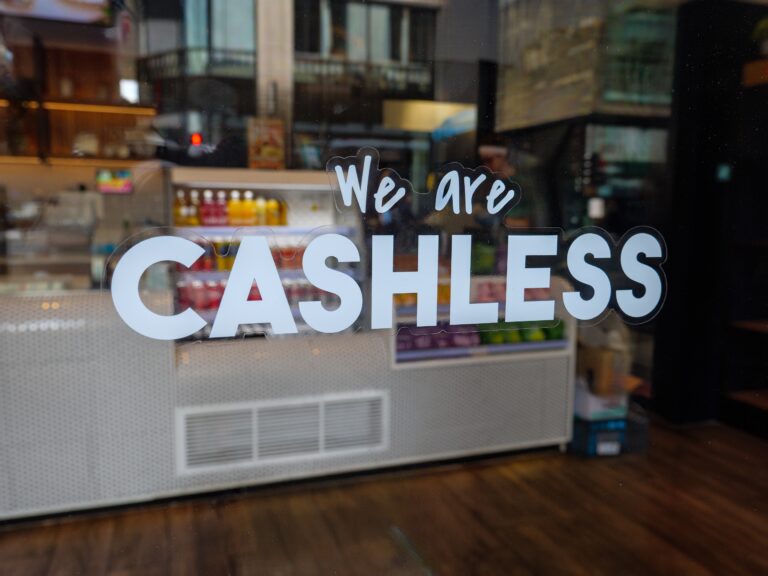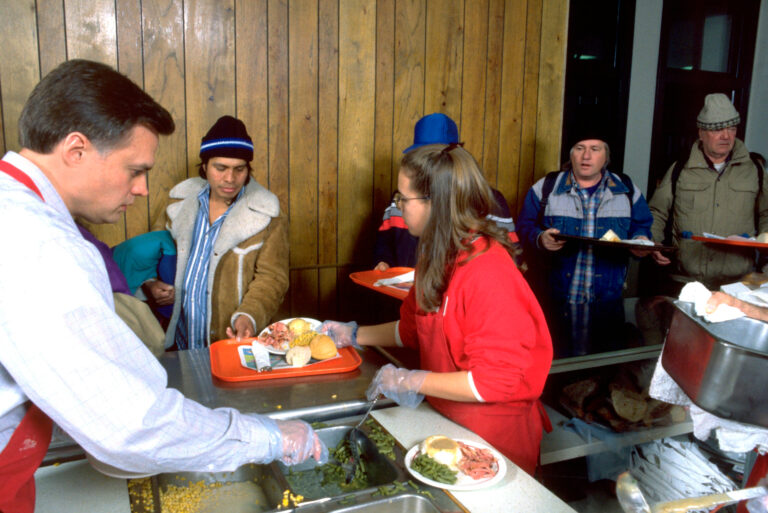With polls showing the Liberals in a tight contest with the Conservatives, the current federal government needsto champion a defining issue that will carry them to victory next October. It certainly won’t be fiscal responsibility. Prime Minister Justin Trudeau’s election promise of “modest” deficits has burgeoned into large, long-term debt escalation that will fall on the shoulders of millennials. Then there’s his other headline election promise: reducing taxes for “middle-class” families. A recent Fraser Institute analysis found that the 1.5 percent federal tax rate reduction was more than offset by elimination of previous tax deductions, resulting in 80 percent of middle-class families paying at least $840 more tax per year. Another election promise was indigenous reconciliation. Unfortunately, a bungled missing and murdered women inquiry has only exacerbated aboriginal anger and disappointment. And Trudeau’s promise to improve the Harper government’s First Nations consultation process failed spectacularly with the disastrous court decision against his government’s own pipeline project.
No election winning defining issue in that list, but how about the new USMCA agreement to replace NAFTA? Canadians are breathing easier now that a disastrous cancellation of NAFTA has been avoided, but its replacement contains significant concessions to the Americans. Moreover, high tariffs on steel, aluminum and forest products continue. No wonder the letters “FTA” are no longer part of the agreement.
So, what is that defining issue the Liberals hope will carry them to second term? The answer: “putting a price on carbon”. From the beginning of his mandate, the Prime Minister has made lowering carbon emissions a centerpiece of his government’s raison d’etre. Trudeau promised an approach wherein “fighting climate change and growing the economy go hand-in-hand”. Most of the provinces initially bought in. Even Alberta agreed in exchange for federal support for getting its landlocked oil to tidewater.
Now that harmony has fallen apart. Ontario voters became enraged after their Liberal government went all-in on costly wind and solar power projects that drove electricity rates to the highest in North America, and then doubled-down on that failed green agenda by imposing a carbon tax. Following his decisive election victory, Premier Doug Ford joined Saskatchewan Premier Scott Moe’s anti-carbon tax mission. Manitoba Premier Brian Pallister then announced his province would also refuse to levy a carbon tax. Alberta polls indicate Jason Kenney’s anti-carbon tax United Conservative Party is headed for victory next spring. That would leave the great swath of the country between BC and Quebec firmly opposed to Trudeau’s carbon-pricing agenda. East of Quebec, Newfoundland and Prince Edward Island may soon join New Brunswick in opposing the tax, and public support for it in Nova Scotia tepid at best.
So how could such a divisive situation possibly translate into that election-winning “defining issue” for the Trudeau Liberals? The answer came with the Prime Minister’s announcement that Ottawa intends to impose a carbon tax in dissenting provinces. The scheme will levy yet another layer of taxation upon already overtaxed businesses and then return the proceeds to individuals. It’s a cynical attempt to buy votes that will pit provinces against our national government and Canadians against Canadians. Those against will be labelled climate change deniers, reviled apostates against Trudeau’s heroic mission to save the planet. But would this profoundly damaging Liberal plan actually help the environment?
The answer is clearly NO. Here’s why. The carbon tax plan would start at $10 a tonne rising to $50 a tonne in 2022. That corresponds to gasoline and diesel price increases of 2 cents per litre rising to 11 cents in 2022. But federal, provincial and municipal taxes already make up 44 cents of the current Canadian average pump price of $1.34/litre. The reality is that the average Canadian driver already pays the equivalent of a carbon tax of $200 a tonne, costing more that $28 for a 64-litre fill-up and generating government revenues of $24 billion in 2018. This leaves the Liberal claim that adding a few cents per litre will take half of the country’s 24 million cars off the road without any credibility whatsoever.
Both proponents and opponents agree that carbon taxes would need to rise by much more than $50 a tonne to make a perceptible difference in demand. A leaked federal government briefing document obtained by the Canadian Taxpayer’s Association states that another $300 per tonne, equivalent to 68 cents per litre, would need to be added to reach Canada’s greenhouse gas emission targets. Moreover, a United Nations report estimated that a global carbon tax would need to be as high as $5,500 per tonne to meet the Paris targets Canada has signed onto. Even taxes far below this level would ravage global economies and be politically impossible.
The fundamental economic premise of inverse price/demand elasticity requires readily available and affordable alternatives. For the vast majority of people needing to get to work, run their business or take an airplane flight, raising the price just forces them to allocate a larger portion of their income to energy.
Trying to solve a problem with the wrong solution will inevitably lead to failure. That’s why even those most concerned about global warming should oppose carbon taxes. However, there is a solution that will not only reduce Canada’s carbon emissions, but also help our economy. Two words: natural gas. Converting gasoline or diesel fueled vehicles to natural gas reduces carbon dioxide emissions by roughly a third. And there’s another benefit: anyone who’s driven behind a natural gas-powered transit bus knows that it produces none of those toxic black particulates or foul nitrogen-oxide (NOx) compounds that spew out of diesel powered ones.
Canada is endowed with a virtually limitless supply of low cost, clean-burning natural gas. Natural Resources Canada data shows recoverable resources ranging from 860 to 1,768 trillion cubic feet, a 143- to 298-year supply at current production rates. Yet we have a miniscule 15,000 natural gas fueled (NGV) vehicles. The top ten NGV countries may surprise you: China 5.3 million, Iran 4.0 million, India 3.1 million, Argentina 2.3 million, Brazil 1.8 million, Italy 1.0 million, Columbia, 600,000, Thailand 475,000 and – get this – Uzbekistan 450,000.
Conversion of gasoline-powered vehicles to natural gas isn’t much more complicated than adding a compressed natural gas (CNG) tank. And it’s certainly not new technology. When my former company started its first natural gas production in 1976, I had our field service trucks converted so that drivers could change back and forth from natural gas to gasoline at the flick of a switch.
Converting diesel engines to burn natural gas, while more complex, is now mainstream technology. Vancouver based Westport systems, in alliance with engine producer Cummins, is a world leader in applying the technology to the heavy truck industry. Daimler, Kenworth and Volvo all offer NGV fueled trucks. BC Ferries is progressively converting its fleet to natural gas. CN and CP are testing converted natural gas-powered locomotives.
NGVs are not only cleaner than gasoline or diesel powered vehicles, they’re safer, even in underground parkades, because gasoline leaks pool on the ground while natural gas, being lighter than air, simply rises and quickly dissipates into the air. They’re also safer than propane vehicles already in use, because propane is heavier than air and doesn’t dissipate quickly.
Canadian government data shows that transportation produces 28 percent of total carbon emissions. Coal-fired power produces another six percent. My calculations show that converting half the vehicle fleet and the remaining coal power plants to natural gas would reduce Canada’s carbon emissions by eight percent, compared with virtually nil under the Liberal carbon tax plan. Moreover, thousands of high skilled jobs would be created as Canada seizes the opportunity to becomes the North American leader in NGV technology.
So how can governments encourage this to happen? The answer is the reverse of more taxes. The pre-tax cost of natural gas already sells below the price of diesel or gasoline. Simply exempting natural gas natural gas from those high motor fuel taxes would create a compelling incentive. In other words, all governments need to do is to keep their tax-hungry hands off and let it happen.
The choice is clear: a negative, divisive national battle that nets no environmental benefits, or harnessing our country’s natural resource endowment and strong technological know-how to make Canada North America’s NGV leader.





